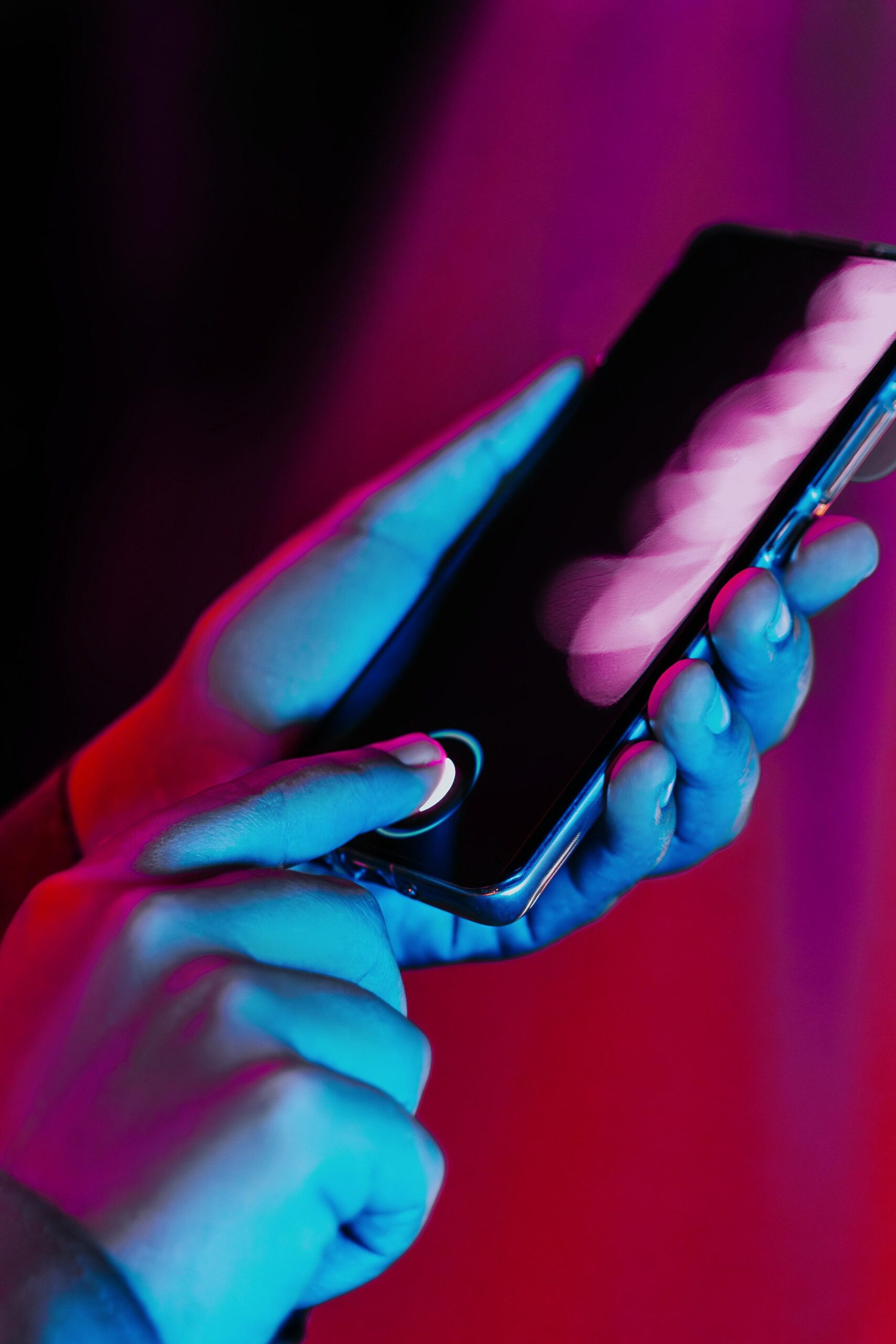Struggling to Unlock Your Phone? You Might Have Lost Your Fingerprints
In a world where our smartphones have become an extension of ourselves, the fingerprint sensor has become one of the most popular methods of unlocking our devices. This technology offers convenience, security, and ease of use. However, what if you suddenly find yourself unable to unlock your phone with your fingerprints? This unfortunate scenario is not as rare as you might think.
Fingerprint recognition technology has rapidly advanced, becoming a standard feature in modern smartphones. It allows users to unlock their devices, authorize payments, and access sensitive information with a simple touch. But what happens when your fingerprints change or become unreadable?
One of the most common causes of losing the ability to unlock your phone with fingerprints is physical damage to the fingertips. Our fingers are constantly exposed to various external factors that can harm their skin, visibility, and texture. For example, engaging in activities that involve heavy manual labor, using harsh chemicals or repeated contact with water can distort and damage the skin on your fingertips. These factors can result in your smartphone failing to recognize your fingerprints due to the altered ridge patterns or damaged skin.
Additionally, certain medical conditions can impact your fingerprints. Skin conditions like eczema, psoriasis, or dermatitis can cause changes in skin texture and create difficulties for fingerprint recognition. In rare cases, some individuals may even lose their fingerprints due to burns, accidents, or diseases affecting the skin.
Aging can also affect your fingerprints. As we grow older, the skin on our fingers loses elasticity and moisture, resulting in changes to the ridge patterns. Over time, this can lead to difficulties with fingerprint recognition systems.
So, what can you do if you find yourself struggling to unlock your phone using your fingertips? The first step is to ensure that your phone’s fingerprint sensor is clean. When dirt, grease, or sweat accumulate on the sensor, it can impair accuracy. Gently wiping the sensor with a microfiber cloth can help eliminate any residue that might be causing the problem.
If cleaning doesn’t solve the issue, you may need to re-register your fingerprints. Most smartphones allow you to add multiple fingerprints, so adding the same finger from multiple angles can help improve accuracy and reduce the chances of failure.
If your fingerprint recognition consistently fails, you can always rely on alternative methods to unlock your phone. For example, using a PIN, pattern, or password can be an effective backup. Furthermore, consider enabling facial recognition or iris scanning if available, as they provide an additional layer of security and convenience.
In extreme cases where persistent issues with fingerprint recognition exist, seeking assistance from the manufacturer or a professional technician may be necessary. They can help diagnose problems with the sensor or recommend appropriate solutions.
While losing the ability to unlock your phone with your fingerprint can be frustrating, it’s essential to remember that technology isn’t infallible. Being aware of potential issues and learning about alternative unlocking methods can save you time and prevent unnecessary headaches.
struggling to unlock your phone using your fingerprints is not uncommon. Physical damage to fingertips, certain medical conditions, and even the natural aging process can impact your fingerprints and lead to recognition failures. By keeping your fingerprint sensor clean, re-registering your fingerprints, and utilizing alternative unlocking methods, you can overcome this obstacle and ensure continued access to your smartphone’s features and functions.

